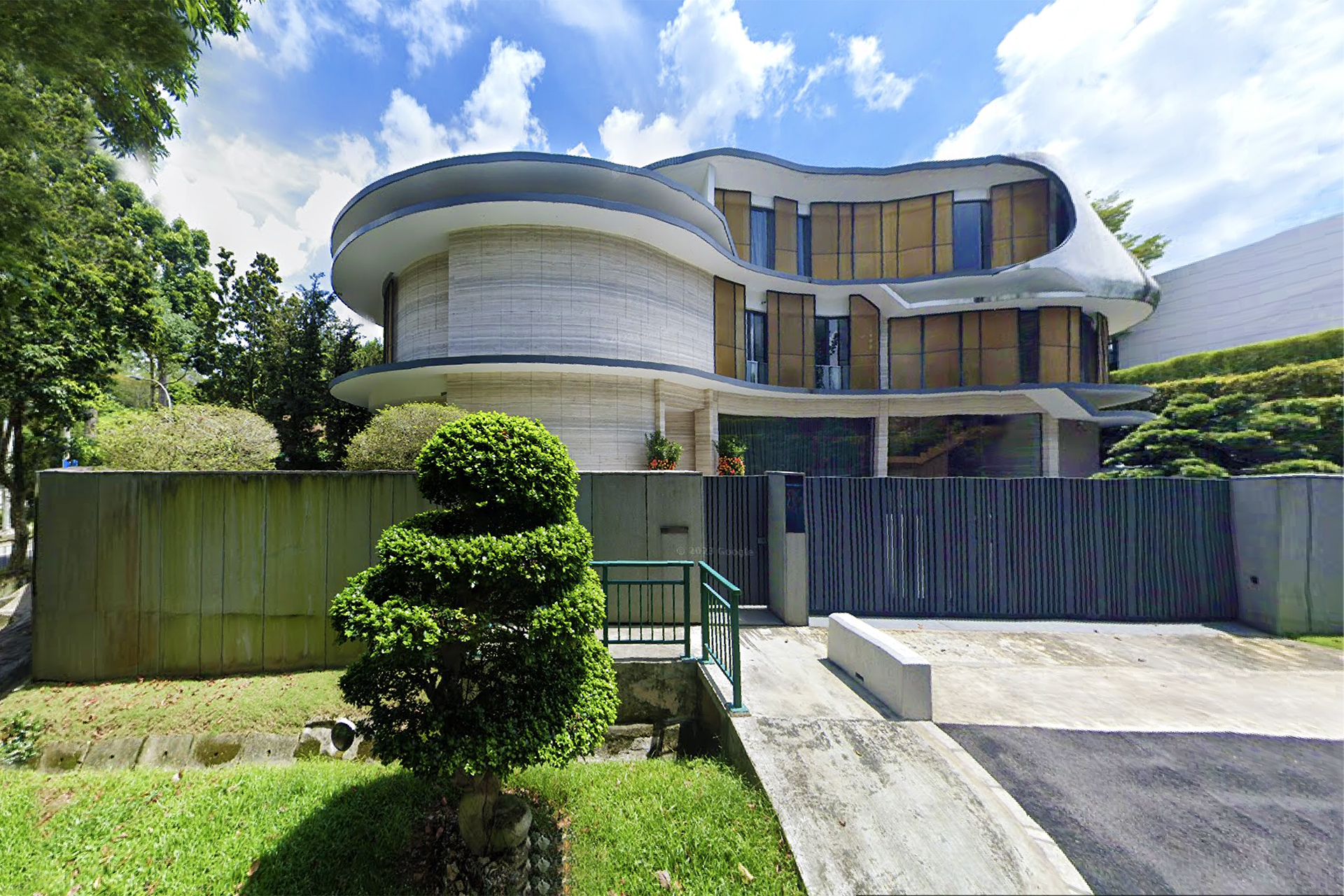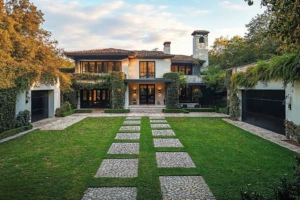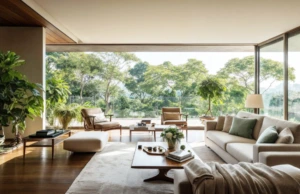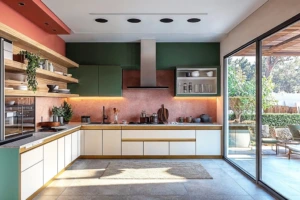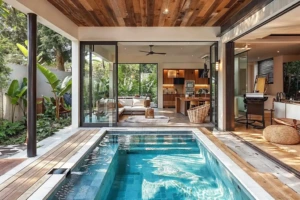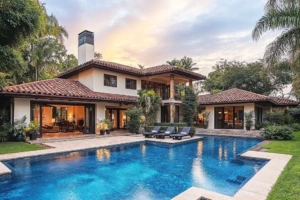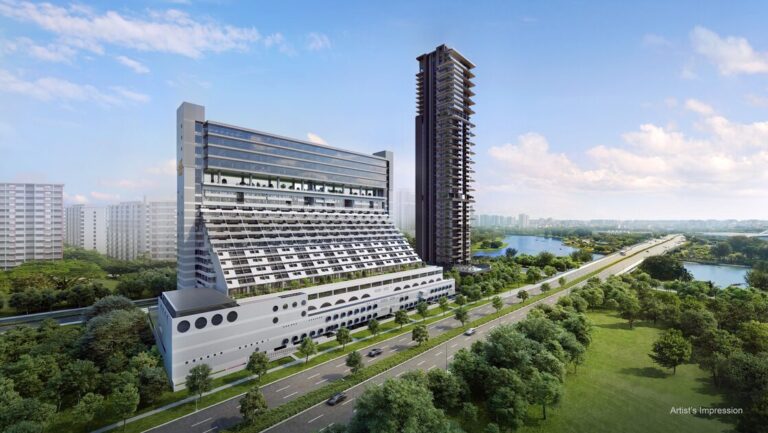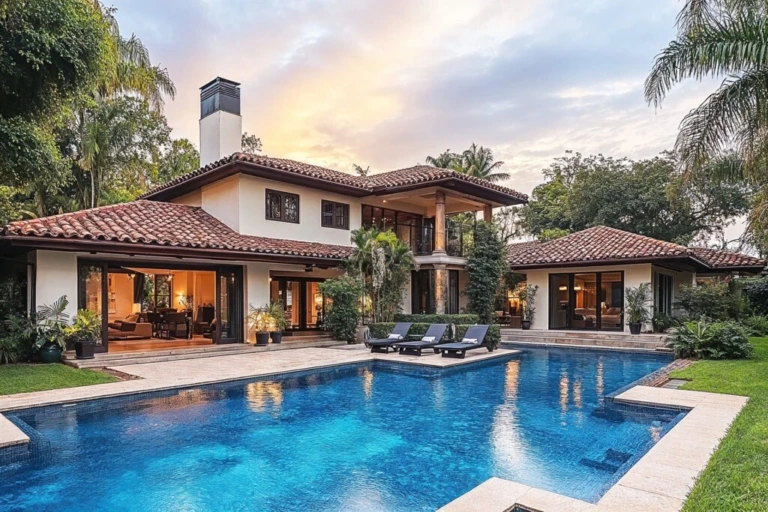|
Getting your Trinity Audio player ready...
|
As the morning mist lifts over Binjai Park, the only sounds breaking the silence are birdsong and the soft whir of electric gates. Here, in one of Singapore’s richest neighbourhoods, nature and wealth have struck an easy alliance.
Named after the towering Binjai tree, a native species now rare in urban Singapore, this enclave offers a glimpse into the country’s delicate balance between progress and preservation. Sprawling mansions, known locally as Good Class Bungalows (GCBs), peek out behind manicured hedges and remnant rainforest.
Binjai Park’s tranquillity comes at a price. It’s like living in a nature reserve, but with property values routinely surpassing $20 million, making it accessible only to Singapore’s elite.
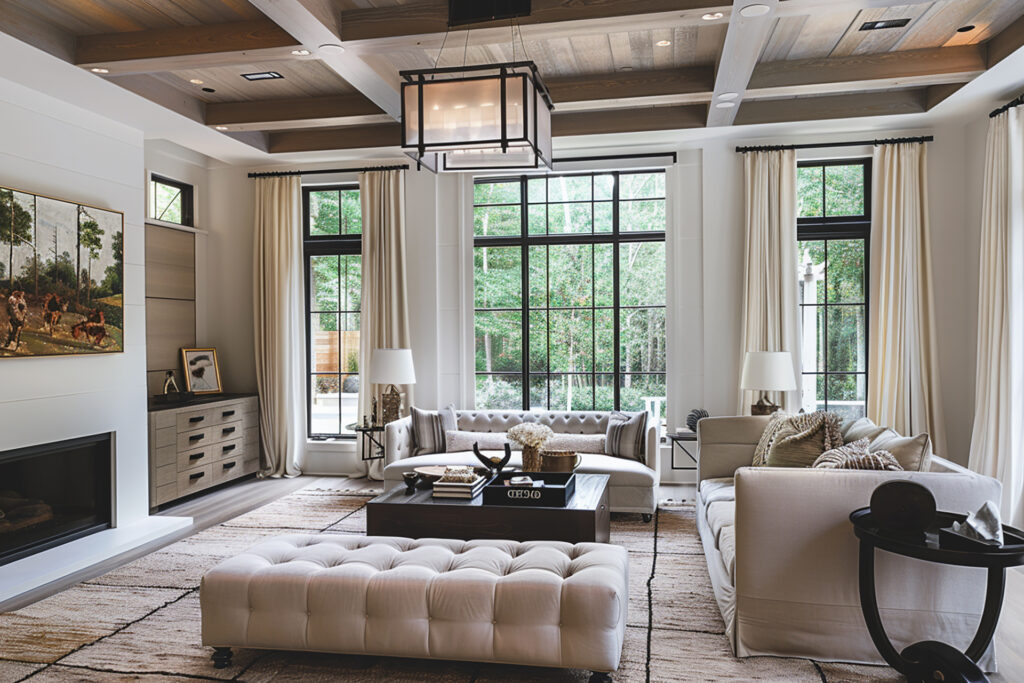
The neighbourhood’s proximity to Bukit Timah Nature Reserve adds to its enticing allure, offering residents a buffer against the city’s relentless pace. Among the luxury cars and security cameras, it’s not uncommon to spot long-tailed macaques or colourful hornbills.
In a city known for its pragmatic approach, Binjai Park is a rare indulgence — a carefully curated slice of wilderness available to those who can afford the premium. It’s a little secret garden in the concrete jungle — and it makes our list of the most exclusive neighbourhoods in Singapore.
Sanctuary of Convenience and Culture
In Binjai Park, it seems, you really can have it all.
Despite its air of seclusion, Binjai Park is far from isolated. Just off Dunearn Road and a mere 15-minute drive from the glittering shops of Orchard Road, the neighbourhood deftly balances retreat with accessibility. For those who want the buzz of the city, it’s just minutes away. When they don’t, residents are surrounded by birdsong.
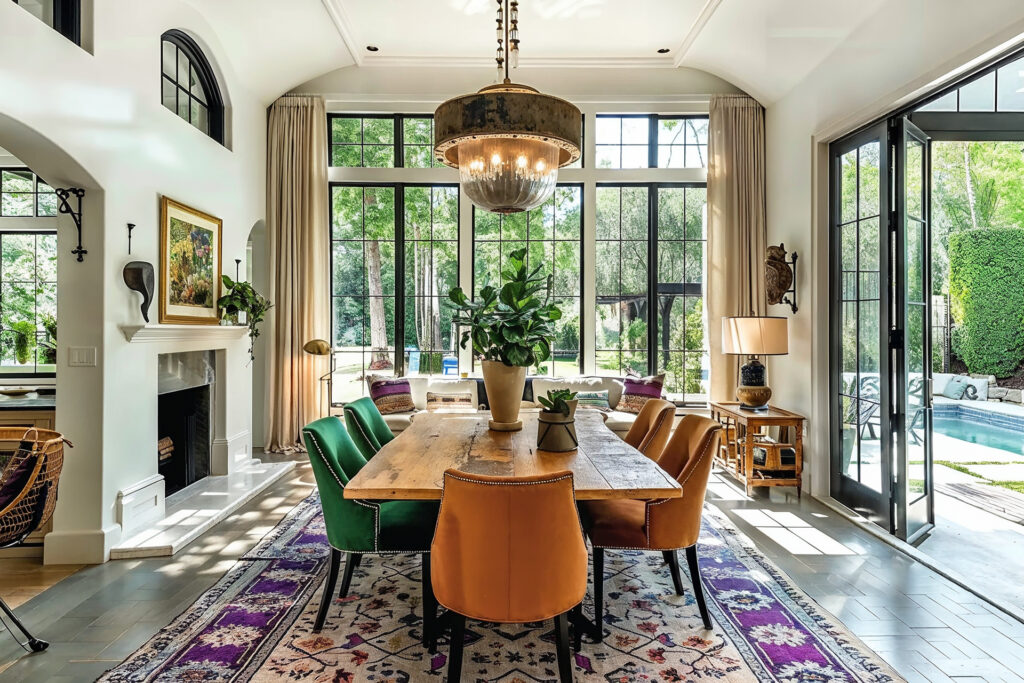
Public transportation aficionados aren’t left out. The King Albert Park and Sixth Avenue MRT stations on the Downtown Line sit at the neighborhood’s edge, offering car-free alternatives to city living.
Many residents, however, find little reason to leave. Binjai Park is a stone’s throw from exclusive enclaves like the British Club and Swiss Club, where Singapore’s elite gather for tennis matches and black-tie galas. Nearby, the Singapore Botanic Gardens and Dempsey Hill provide more egalitarian diversions, from daily dining fares to Michelin-starred restaurants.
Education, a cornerstone of Singaporean society, is well-represented. Top-tier local schools like Hwa Chong Institution and Nanyang Girls’ High School are within easy reach, as are international options like the Swiss School and Hollandse School.
This blend of exclusivity and accessibility comes at a premium. Recent transactions have seen Good Class Bungalows in the area fetching upwards of $30 million, a price tag that raises eyebrows even in Singapore’s heated property market.
Binjai Park represents the pinnacle of Singapore’s property ladder. It’s where those who’ve made it come to plant their flag — quite literally, given the expansive gardens.
Guide to The Most Exclusive Streets in Singapore
Who Lives in Binjai Park
Many of the homes in Binjai Park are steeped in history, having first been gazetted and constructed back in the early days of Singapore’s history. And naturally, a notable enclave needs equally noted residents to fill its storied residences.
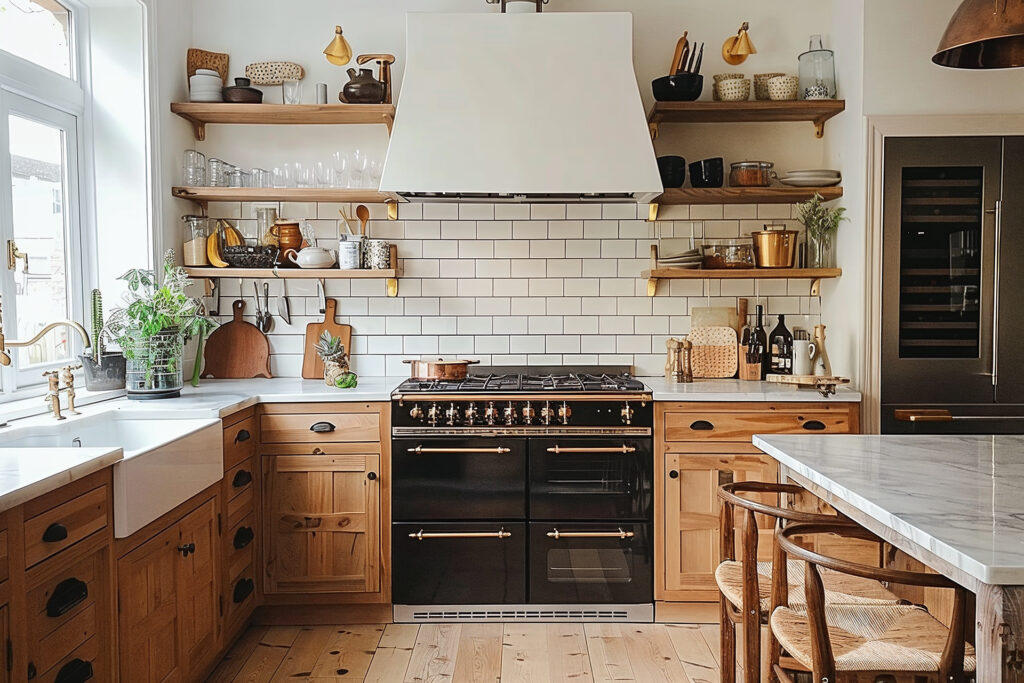
Binjai Park hosts many high-flying individuals, notably movie star Jet Li. He purchased his house for $19.8 million ($871 psf) in 2009. That specific residence already had a reputation as a frequent site of celebrations when it belonged to the fashion retailer FJ Benjamin. Benjamin used to throw glamorous parties with guests, including former football star and celebrity David Beckham.
- Cardiologist Dr Charles Toh is a resident at Binjai Park
- Obstetrician and Gynecologist Dr S Lavan Iswaran and his Chef-Author wife, Indra R Lavan Iswaran, live in a heritage house at 35 Binjai Park, with an expansive 20,977 sq ft plot
- The biggest plot of and on Binjai Park is 27.320 sq ft and was sold for $36 million, translating to a land rate of $1,318 psf
Binjai Park, District 21

